In the ALLEGRO platform, effective telemetry data management is key to enabling intelligent, real-time decision-making in complex optical networks. That’s why we’ve designed a hybrid architecture combining centralized and distributed databases, optimized for both local and global network insights.
🧠 Key Highlights of Our Architecture:
📍 Distributed Time-Series Databases
Deployed at each network node, these databases handle:
- Storage and aggregation of telemetry from transponders, EDFAs, and links
- Short-term performance prediction and local fault detection
✅ Powered by InfluxDB, ideal for scalable, high-availability, time-stamped data—perfect for ML and predictive analytics.
🌐 Centralized Database
- Stores filtered or aggregated network-wide data
- Supports end-to-end QoT estimation and optimized routing
- Offers a unified view for proactive network management
📊 Real-Time Visualization
We leverage Grafana for real-time performance dashboards—giving operators deep visibility into the network at a glance.
⚙️ Robust Data Pipeline with Kafka + Telegraf
- Telegraf (by InfluxData) collects and streams telemetry from diverse sources
- Kafka acts as a central hub for reliable, low-latency message streaming
- Kafka Producers → publish telemetry data
- Kafka Brokers → manage and distribute data to consumers
This setup enables:
✅ Real-time monitoring
✅ Complex event processing
✅ Scalable analytics
✅ Seamless integration across distributed environments
The ALLEGRO database architecture sets the stage for next-generation network intelligence—enabling both localized automation and network-wide optimization.
#ALLEGROProject #OpticalNetworks #Telemetry #InfluxDB #Kafka #Telegraf #Grafana #TimeSeriesData #QoTEstimation #NetworkIntelligence #RealTimeMonitoring #DatabaseArchitecture #EdgeComputing #NetworkAnalytics #TelecomInnovation

